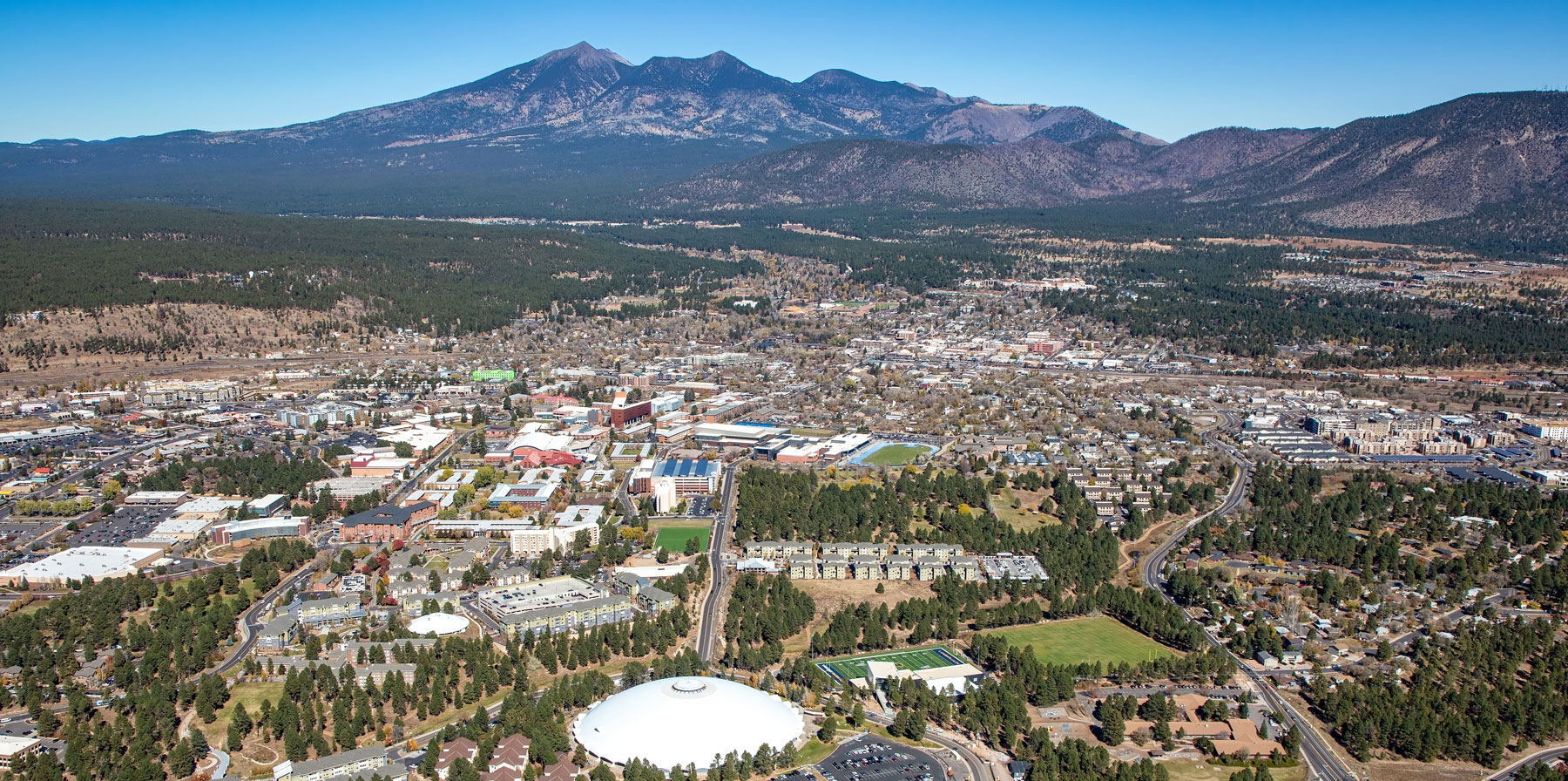“The current electricity distribution grid is inefficient – wasting energy and limiting renewable energy. The infrastructure is aging and vulnerable to massive power outages during disasters. Utilities and regulatory commissions need to invest in a modern grid, and we look forward to guiding the process to bring online a flexible electricity distribution grid – benefiting all consumers, businesses, utilities, and future generations.”
Electricity Distribution Grid Is an Overlooked yet Critical Resource
The electricity distribution grid delivers electricity to our homes, businesses and industries. The distribution grid is made up of the poles, wires, and transformers that go down every street, to every building. We tend to focus on the huge transmission lines that carry electricity long distances, but without the distribution grid, electricity would not get to where it is actually used. Western Resource Advocates recognizes the importance of the electricity distribution grid and has initiated the Flexible Grid Project to address this important part of the energy puzzle.
Flexible Grid Can Advance Clean Energy and Be More Resilient in Disasters
Electricity distribution grids throughout the West are old, inefficient and unable to efficiently deliver clean energy from renewable resources. Utilities in the West need to make new investments in their distribution grids to solve a host of problems. A modern, flexible electricity distribution grid could efficiently integrate innovative clean energy technologies, such as distributed solar generation, electric vehicles, and battery storage – all of which can reduce carbon pollution that causes climate change. A flexible grid also provides a more resilient supply of electricity with higher reliability and better survivability of natural and human-caused disasters.

Current Electricity Distribution System Out of Date and Vulnerable
The existing electricity distribution grid is old, out of date, and unable to meet the challenges of the 21st century. The current distribution grid impedes deployment of key technologies that could mitigate climate change, and is vulnerable to the impacts of disasters. In addition, the grid performs poorly with respect to energy efficiency, wasting energy with voltages that are higher than necessary and restricting the variety of energy-efficient appliances that customers can choose. Utilities do not have sufficient monitoring of the detailed status of the grid, and there is currently very little ability for self-healing such as automatic rerouting of electricity when certain sectors of the grid fail.
This lack of grid resiliency impacts communities at a fundamental level, as demonstrated by days and even weeks of electric outages that risk lives and bring communities to a standstill. For example, in New York City, Superstorm Sandy took out power for over a week due to flooding of the grid, and the 2011 Southwest Blackout impacted seven million people in Arizona, Southern California, and parts of Mexico.
A Flexible Grid Needs Investments in Infrastructure to Advance Clean Energy and Resiliency
Electric utilities and energy regulators in the West need to increase overall investments in distribution grid infrastructure and to specifically pursue projects that reduce carbon pollution and improve electricity delivery reliability and disaster survivability. Smart investments in the distribution grid will facilitate carbon pollution reduction while improving resiliency and reliability.
Western Resource Advocates supports the following:
EV Charging Rates and Programs
Create electric vehicle charging rates and programs that advance electric vehicles using renewable, clean energy while reducing peak loads to the electricity distribution grid system. Encouraging electric vehicles to become more numerous improves our air quality and helps slow climate change, as long as this increased demand on electricity is generated from clean renewable sources wherever possible. Utilities will become engaged as active advocates for electrification of transportation – and they need to offer charging rates and programs that encourage charging during non-peak hours. Planning for how, where, and when charging will occur will go a long way toward keeping our electric grid resilient.
Smart Inverters
Ensure all distributed solar generation systems are equipped with smart inverters to address over-voltage. Solar panels need inverters to convert direct current to the alternating current that powers our homes and businesses. High concentrations of solar panels in a small geographic area can cause voltages that are over the limit of safe operation. Smart inverters can manage grid impacts such as these potentially high voltages, removing a technical barrier that could limit the spread of private rooftop solar. States should create clear, fair rules governing smart inverter interconnection to the grid.
Battery Storage Solutions
Develop and promote battery storage to address intermittent distributed clean energy resources such as rooftop solar and reduce peak loads on the grid. States need to develop clear, fair rules governing interconnection and control of energy storage resources, as well as compensation for the services they provide. The price of battery storage is falling and will eventually become an excellent way of making solar and wind generation useful during all times of the day. States have a valuable role to play in advancing this needed storage resource.
A Smarter Grid
Upgrade utilities’ communication infrastructure to allow for increasing levels of energy efficiency. Utilities historically have not monitored the performance of their distribution grids, much less communicated that performance to customers. This needs to change. With a smarter grid, smart thermostats, and smart appliances we can do a much better job of managing and reducing our energy use. To do this, utilities need to invest in robust communication networks that allow data flow between the customer and the utility in real time.
Voltage Optimization for Equipment
Reduce energy waste in the electricity distribution grid itself by investing in voltage optimization. Our electric appliances and equipment often get higher voltages delivered to them than they need. This causes a significant waste of energy. With regulatory approval, utilities should invest in and install equipment that will adaptively control voltages to lower, more efficient ranges that save energy and are better for our equipment. As a result, overall energy use can decrease by approximately 2%.
Advanced Grid Monitoring for Resilience and Reliability
Optimize the distribution grid for resiliency and reliability. Utilities need to invest in advanced grid monitoring equipment so they know exactly when and where outages occur. The second step to improve grid reliability is for the utilities to invest in self-healing technologies that instantaneously reconfigure the grid during an outage so customers will experience fewer and shorter outages each year. This will also benefit communities with quicker recovery from disasters such as flooding or fires.
Western Resource Advocates Plays a Critical Role in Securing Grid Improvements
Western Resource Advocates is working with utilities and regulators to develop open, public processes for creating electricity distribution grid improvement plans and to incentivize investments in the grid. Working in regulatory arenas in Arizona, Colorado, Nevada, New Mexico, and Utah, we seek meaningful improvements in the electricity transmission grid and its regulations in order to facilitate innovations necessary to address climate change.
Western Resource Advocates’ Goals:
- Increase awareness among utility commissions and the public in each state about the problems of electricity distribution grid resiliency and the path toward solutions.
- Develop a model electricity distribution grid planning process.
- Advocate for the flexible grid actions noted above before individual utilities and regulatory commissions in the Interior West.
- Research and provide information on how financially rewarding these improvements will be for utilities and customers.
- Participate in electric vehicle task forces to advance clean transportation and a flexible grid.

